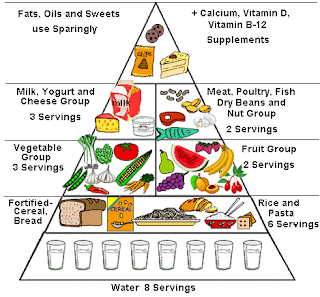Today, Primrose Hill in north London is a park offering views of the city. But in 1829, with a squeeze on burial space in the capital, architect Thomas Willson planned a pyramid mausoleum to hold up to five million bodies.
Willson, born in 1780 and trained at the Royal Academy, wanted the pyramid to be 94-storeys high and cover a site of 18 acres, (7000 sq m). ”It was supposed to be compact, hygienic and ornamental,” says Catharine Arnold, an expert on London’s dead. ”Willson hoped people would come to admire this huge pyramid from far and wide, picnicking on Primrose Hill and enjoying this splendid monument. But it would be rather like a giant car-park of the dead,” says Arnold.
The pyramid-design caught the public’s mood for Egyptiana – the height of fashion at the time. Winding walks, similar to today’s Guggenheim Museum in New York, were planned to transport the bodies through the pyramid’s catacombs to their final resting places.
Why didn’t it happen?
“It would have been monumental, but grotesque – a literal Valhalla,” says author Simon Jenkins. ”Public opinion stopped it. The arguments for leaving the site wild won the day and Primrose Hill became one of London’s most popular parks.”
Willson claimed the pyramid would make £10m profit when full, but there was suspicion among the authorities that his figures did not add up. There was also concern that the weight of the bricks may have crushed Primrose Hill. And the public mood turned against necropolises – cities of the dead – as garden-style cemeteries became the norm. With the building of Highgate cemetery in 1829, the pyramid scheme was finally shelved. Via The landmark buildings that never were.

.jpg)
.jpg)




.jpg)


.jpg)
.jpg)



.jpg)

.jpg)
Niciun comentariu:
Trimiteți un comentariu